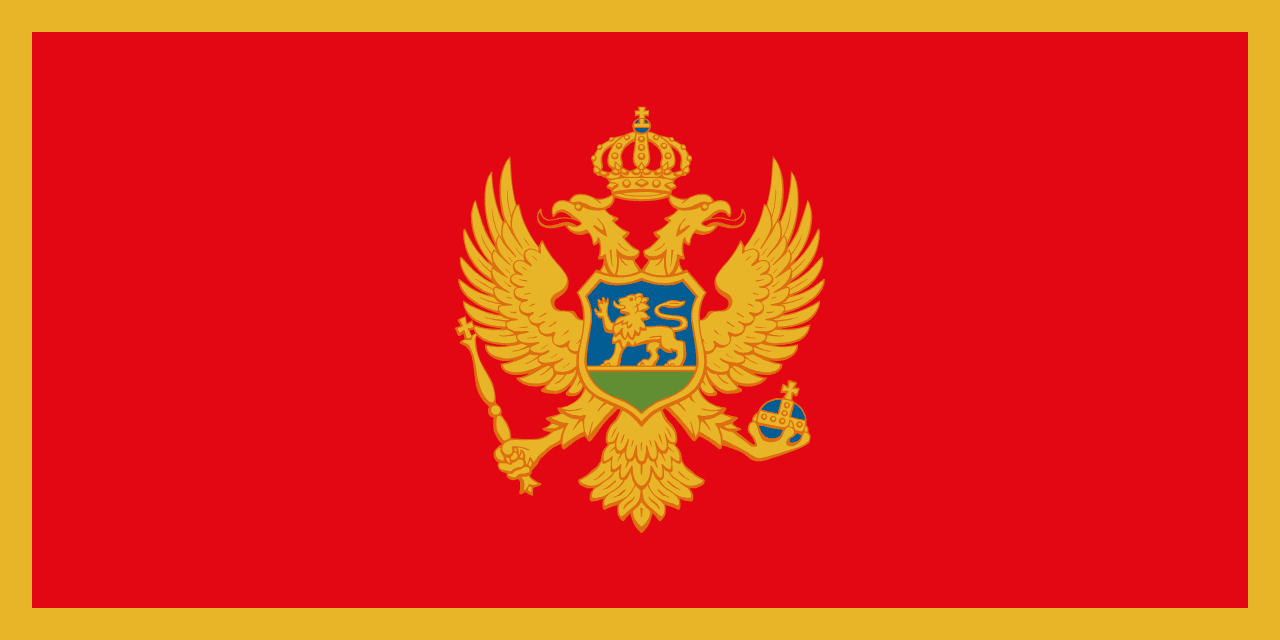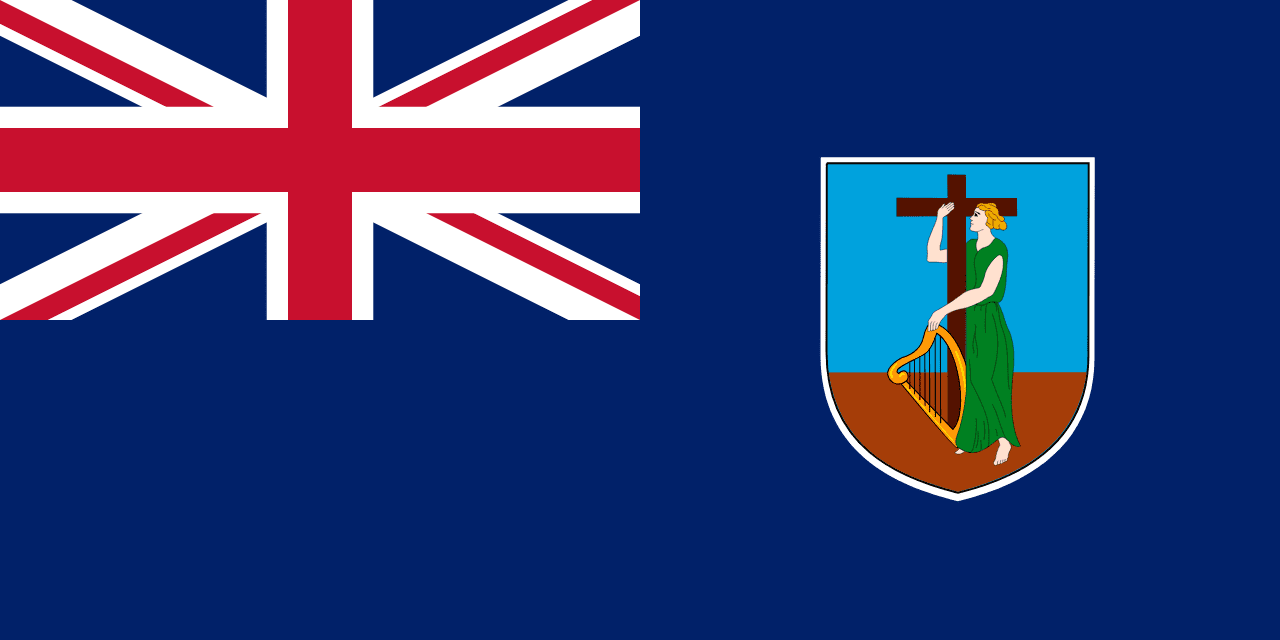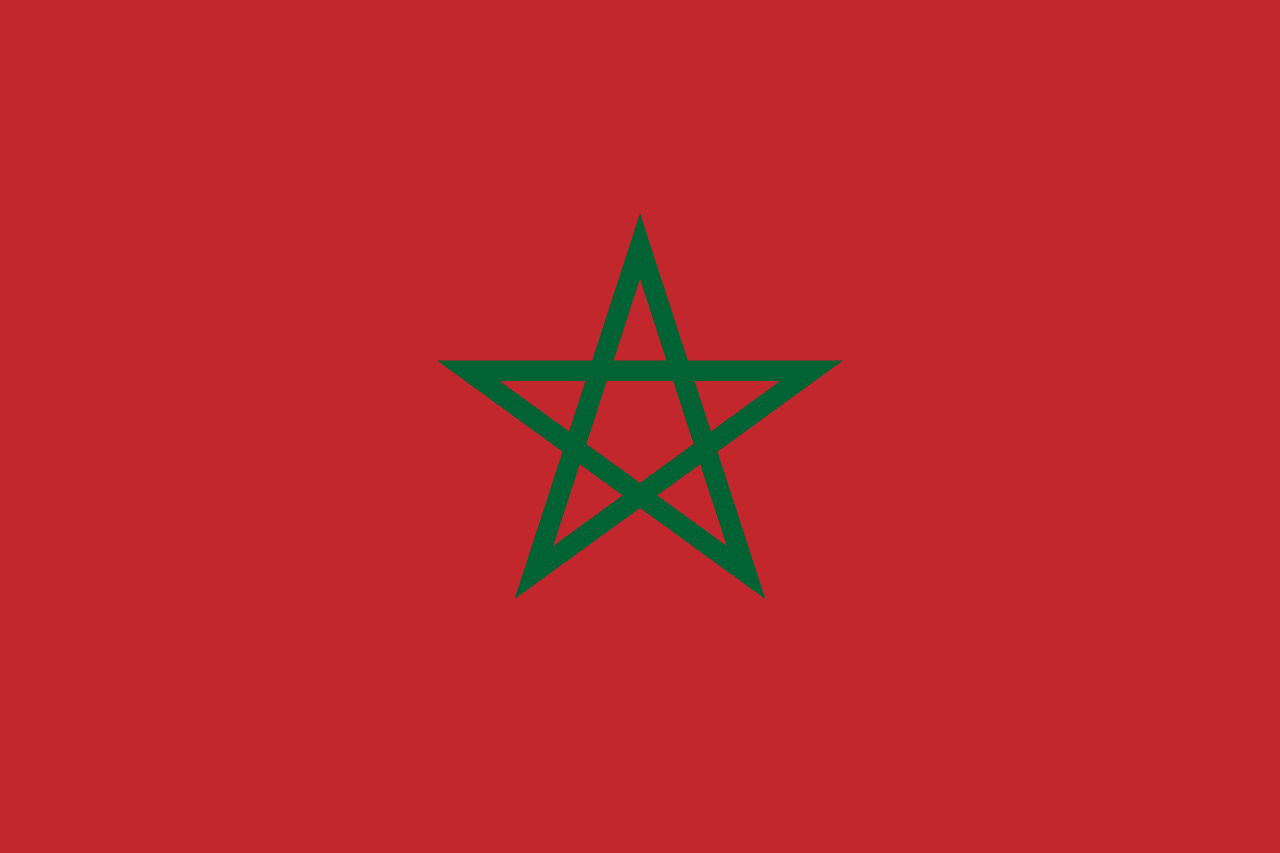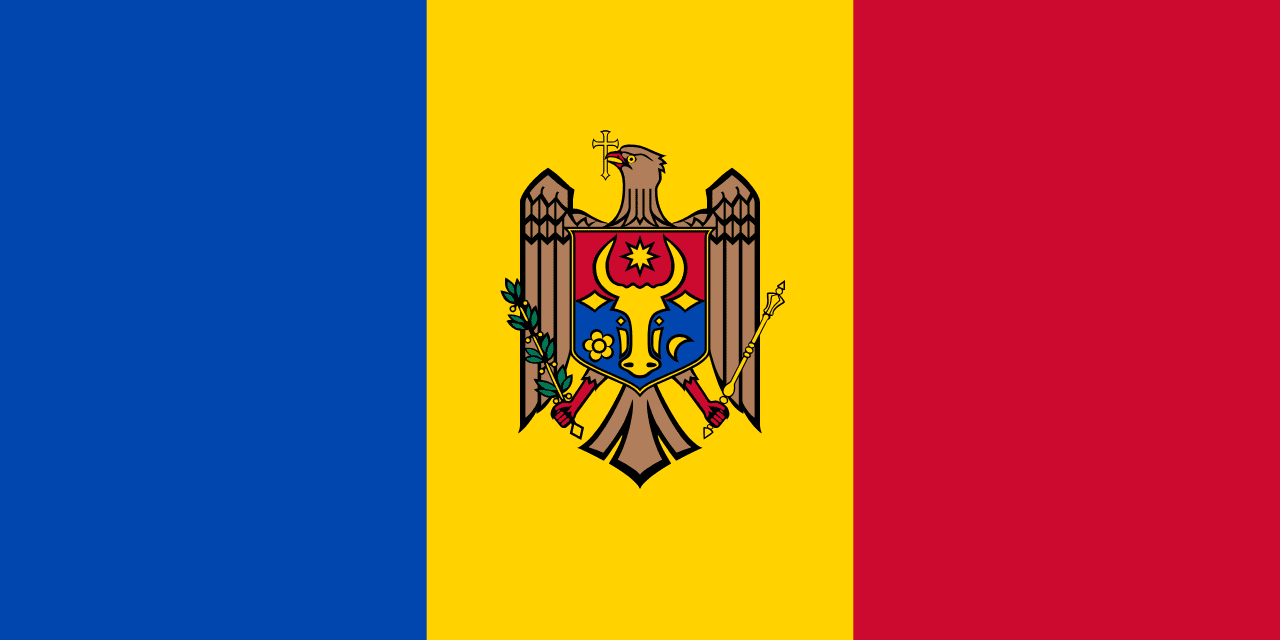The flag of Mongolia features three vertical stripes: red, blue, and red, with the national emblem, the Soyombo symbol, in gold on the hoist side of the red stripe. This design encapsulates Mongolia's rich history, cultural heritage, and national aspirations.
Mongolia information
| National Flag Day | — |
| Sovereign state | Yes |
| Official name | Mongolia |
| Capital | Ulaanbaatar |
| Population | 3,296,866 |
| Area | 1,566,500 km² |
| Currency | Mongolian tögrög (MNT) |
| Language | Mongolian |
| Continent | Asia |
| Region | East Asia |
| Subregion | — |
| Borders | China, Russia |
| Timezone | UTC+7, UTC+8 |
| Calling code | +976 |
| Top-level domain | .mn |
History of the Mongolian flag
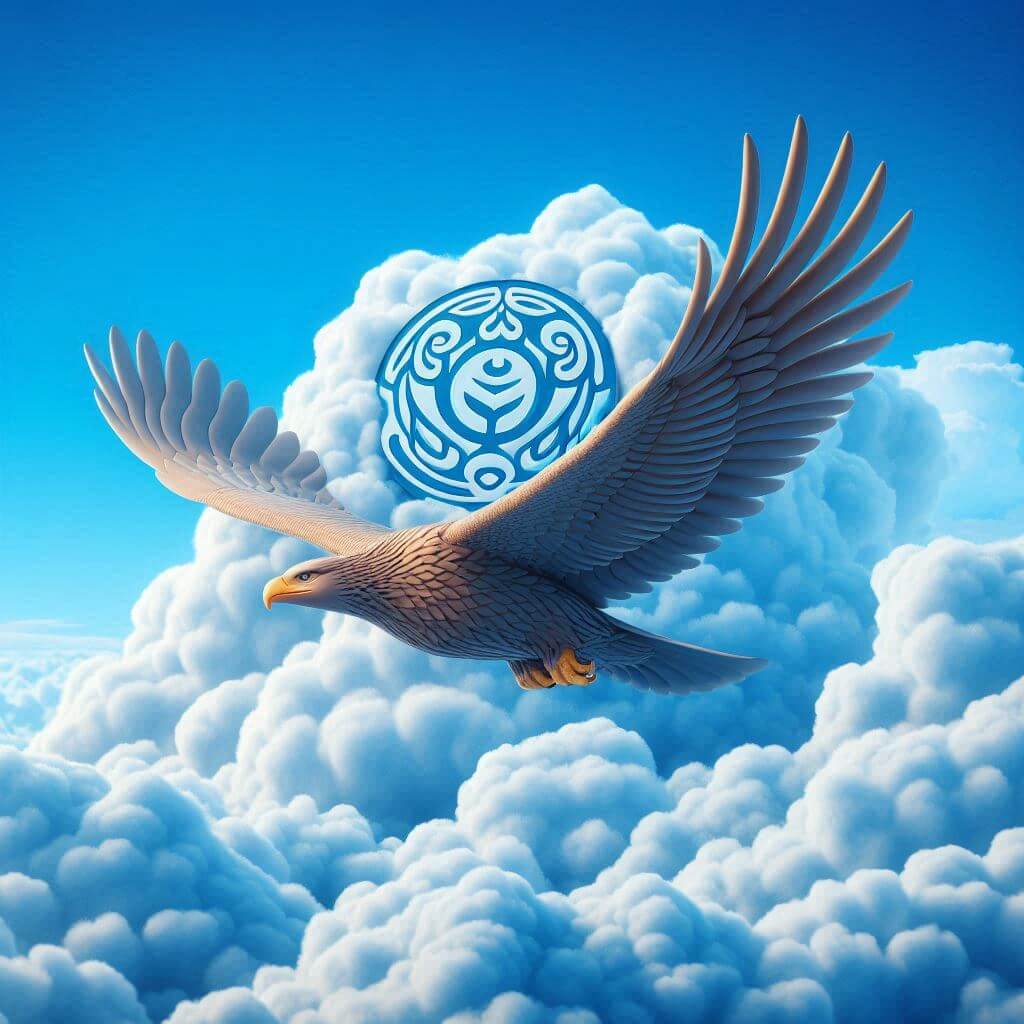 The current Mongolian flag was officially adopted on February 12, 1992, following the country's transition to democracy after decades of communist rule. However, the use of these colors and the Soyombo symbol has a much longer history in Mongolian culture. The first national flag of Mongolia, adopted in 1911 after declaring independence from the Qing Dynasty, also featured these elements. During the socialist period (1924-1992), the flag underwent several changes, including the addition of a socialist star, which was removed in the 1992 redesign to reflect Mongolia's new democratic era.
The current Mongolian flag was officially adopted on February 12, 1992, following the country's transition to democracy after decades of communist rule. However, the use of these colors and the Soyombo symbol has a much longer history in Mongolian culture. The first national flag of Mongolia, adopted in 1911 after declaring independence from the Qing Dynasty, also featured these elements. During the socialist period (1924-1992), the flag underwent several changes, including the addition of a socialist star, which was removed in the 1992 redesign to reflect Mongolia's new democratic era.
Symbolism and design of the Mongolian flag
Each element of the Mongolian flag carries deep symbolic meaning. The red stripes on either side represent progress and prosperity. They also symbolize the vitality and determination of the Mongolian people throughout their history. The central blue stripe represents the eternal blue sky, a concept deeply rooted in Mongolian spiritual and cultural traditions. In Mongolian shamanic beliefs, the eternal blue sky is considered the supreme god and the source of life. The Soyombo symbol, placed in gold on the hoist side of the red stripe, is perhaps the most distinctive feature of the flag. This ancient symbol serves as the national emblem of Mongolia and is rich in meaning. It includes representations of fire, sun, moon, earth, water, and the Yin-Yang symbol. The Soyombo embodies concepts of independence, sovereignty, and the spirit of the Mongolian nation. Its presence on the flag reinforces Mongolia's commitment to preserving its unique cultural identity in the modern world.
Usage and significance of the Mongolian flag
 The Mongolian flag is a source of great national pride and is prominently displayed throughout the country. It flies on government buildings, schools, and public institutions. During national holidays such as Naadam (July 11-15, celebrating Mongolian independence) and Constitution Day (November 26), the flag takes center stage in celebrations and parades.
The flag plays a crucial role in international forums, representing Mongolia's sovereignty and unique identity on the global stage. It is particularly visible during sporting events, where Mongolian athletes compete under its colors, most notably in wrestling, archery, and horse racing – traditional Mongolian sports that feature prominently in the Naadam festival.
In Mongolian culture, the flag is treated with great respect. There are specific protocols for its handling and display, reflecting the deep reverence Mongolians have for their national symbols. The flag serves as a unifying emblem for Mongolia's diverse population, which includes various ethnic groups and encompasses both urban and nomadic lifestyles.
The Mongolian flag is a source of great national pride and is prominently displayed throughout the country. It flies on government buildings, schools, and public institutions. During national holidays such as Naadam (July 11-15, celebrating Mongolian independence) and Constitution Day (November 26), the flag takes center stage in celebrations and parades.
The flag plays a crucial role in international forums, representing Mongolia's sovereignty and unique identity on the global stage. It is particularly visible during sporting events, where Mongolian athletes compete under its colors, most notably in wrestling, archery, and horse racing – traditional Mongolian sports that feature prominently in the Naadam festival.
In Mongolian culture, the flag is treated with great respect. There are specific protocols for its handling and display, reflecting the deep reverence Mongolians have for their national symbols. The flag serves as a unifying emblem for Mongolia's diverse population, which includes various ethnic groups and encompasses both urban and nomadic lifestyles.
Interesting facts about the Mongolian flag
- The Soyombo symbol on the Mongolian flag was created by Zanabazar, the first Jebtsundamba Khutuktu, in 1686. It serves as a pictorial representation of the basic tenets of Mongolian culture and religion.
- During the socialist period, the Soyombo on the flag was topped with a five-pointed star, which was removed in 1992 to reflect Mongolia's transition to democracy.
- The blue color of the central stripe is said to be the exact shade of the cloudless Mongolian sky, reflecting the country's vast, open landscapes.
- In Mongolian culture, the flag is sometimes referred to as the "red hero", a term that underscores its importance as a national symbol.
- The proportions of the Mongolian flag are 1:2, making it slightly longer than many other national flags.
